Japanese baking has grown far beyond its roots, blending traditional techniques with international influences to create a distinctive culinary culture. Unlike Western baking, which often emphasizes rich, heavy flavors, Japanese baking focuses on balance, subtlety, and precision. Ingredients, presentation, and texture are all carefully considered, resulting in baked goods that delight the palate and the eyes. From soft, fluffy breads to delicate pastries, Japan’s approach to baking demonstrates a reverence for craftsmanship and innovation, making it an endlessly fascinating subject for food enthusiasts around the world.
Emphasis on Softness and Texture
Japanese baking is renowned for its focus on softness and delicate texture, which sets it apart from many Western styles. Central to this approach is the creation of bread that is airy, tender, and easy to bite into, offering a comforting, almost cloud-like experience. Achieving this signature fluffiness often involves using specialized techniques like the tangzhong method, and the careful selection of ingredients, including high-quality Japanese bread flour, ensures the dough retains moisture and develops a light, elastic crumb. This dedication to texture elevates even simple loaves and buns into a refined sensory experience.
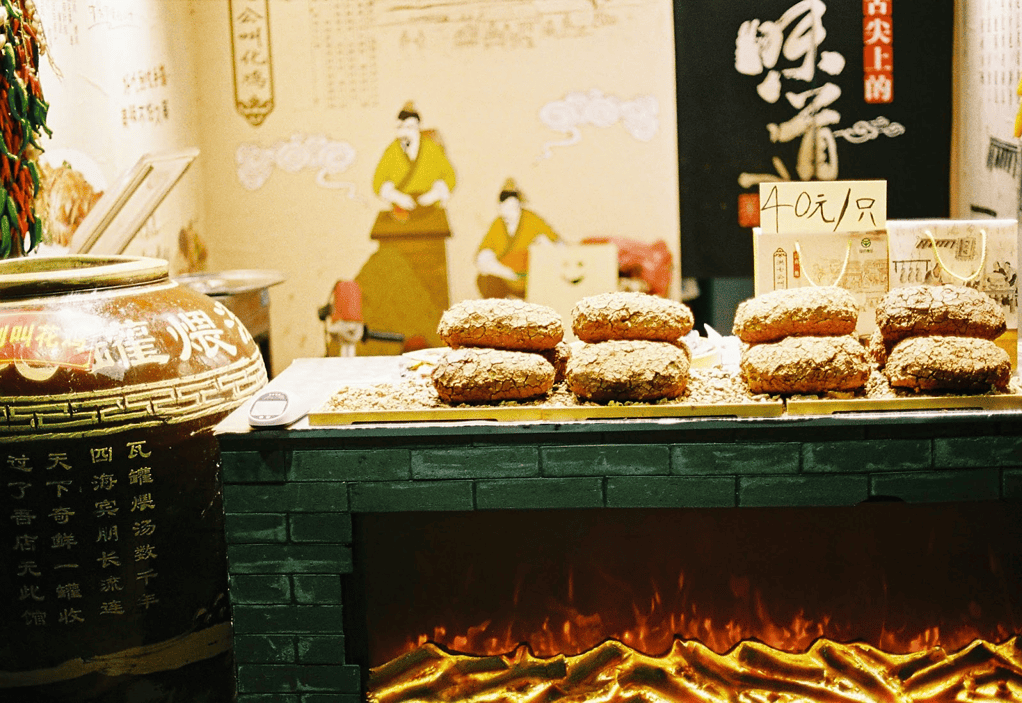
Image Source: https://unsplash.com/photos/brown-and-white-cupcakes-on-brown-wooden-table-zt_KPBJBVPY
Fusion of Tradition and Innovation
Japanese baking stands out for its seamless blending of traditional methods with modern innovations. While Western-style breads and pastries became popular in Japan during the Meiji era, local bakers adapted them to Japanese tastes by using less sugar and butter, emphasizing freshness, and incorporating indigenous ingredients like red bean paste, matcha, or sweet potato. This fusion results in unique creations such as melonpan, a sweet bun with a cookie-like crust, or matcha-flavored mille crepes, which combine French pastry techniques with Japanese flavors. The balance between respect for tradition and creative experimentation is a hallmark of Japanese baking culture.
Attention to Presentation and Aesthetics
In Japanese baking, appearance is as important as flavor. Many baked goods are meticulously decorated or shaped to evoke natural elements, seasons, or cultural symbols. From intricately molded bread rolls shaped like animals to elegant pastries adorned with delicate layers of cream, visual appeal is an important part of the experience. This attention to aesthetics reflects a broader cultural value of omotenashi, the spirit of thoughtful hospitality, where care and consideration for the guest extend to the presentation of food. Japanese bakers often prioritize beauty and harmony, creating baked items that are almost too pretty to eat.
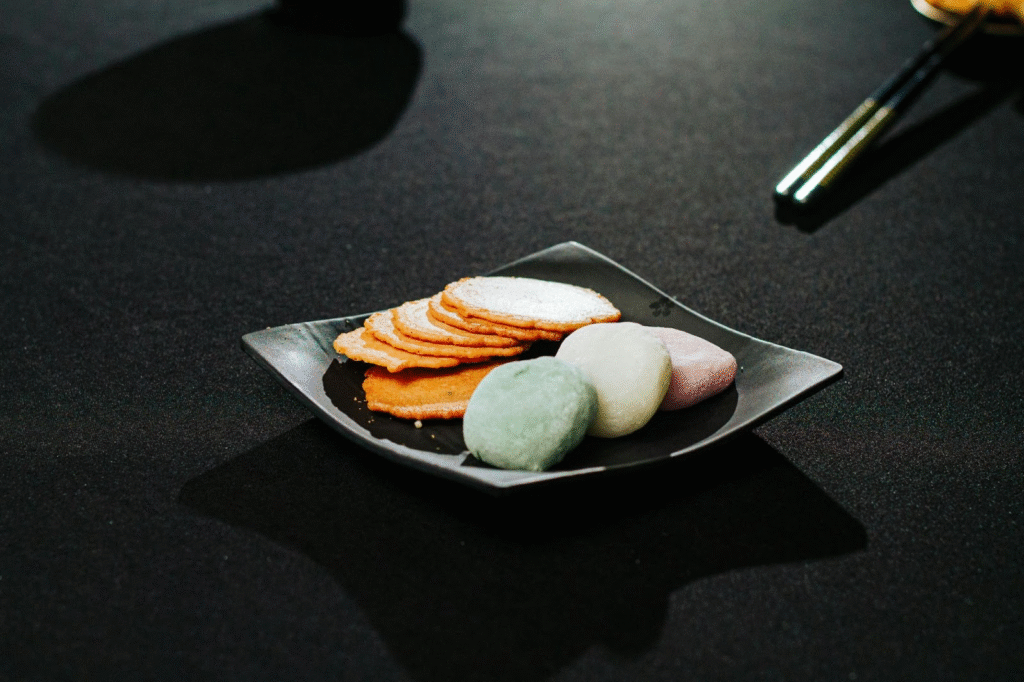
Image source: https://www.pexels.com/photo/assorted-mochi-and-rice-crackers-on-black-plate-31302303
Use of Local Ingredients and Seasonality
Another distinctive aspect of Japanese baking is its reliance on local, seasonal ingredients. Bakers frequently incorporate fruits, teas, and beans harvested at their peak to ensure maximum flavor and freshness. Seasonal offerings, such as sakura-flavored pastries in spring or chestnut-filled desserts in autumn, celebrate the rhythm of nature and highlight the cultural importance of seasonal changes. This approach enhances taste and connects consumers with the natural world, emphasizing mindfulness and appreciation of subtle flavors rather than overwhelming sweetness.

Image source: https://www.pexels.com/photo/dough-for-pasta-10054548/
Japanese baking traditions are unique because they blend meticulous technique, inventive flavor combinations, visual artistry, and seasonal awareness into every creation. The emphasis on softness and texture, the fusion of traditional and modern influences, the aesthetic presentation, and the use of local ingredients all contribute to a baking culture that is refined, thoughtful, and highly distinctive. For anyone exploring global culinary practices, Japanese baking offers a compelling example of how food can reflect cultural values and artistic sensibilities, transforming simple ingredients into an experience that engages the senses and the imagination.
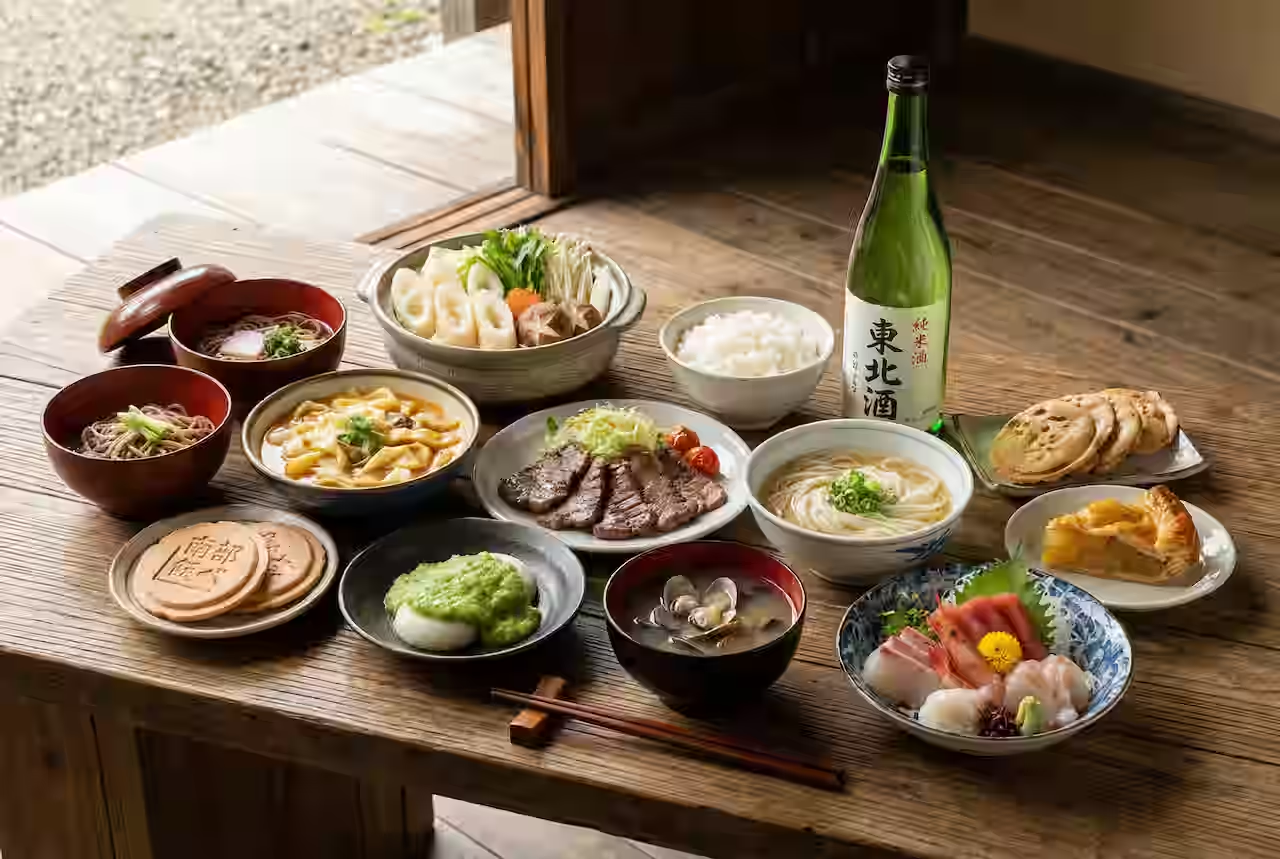

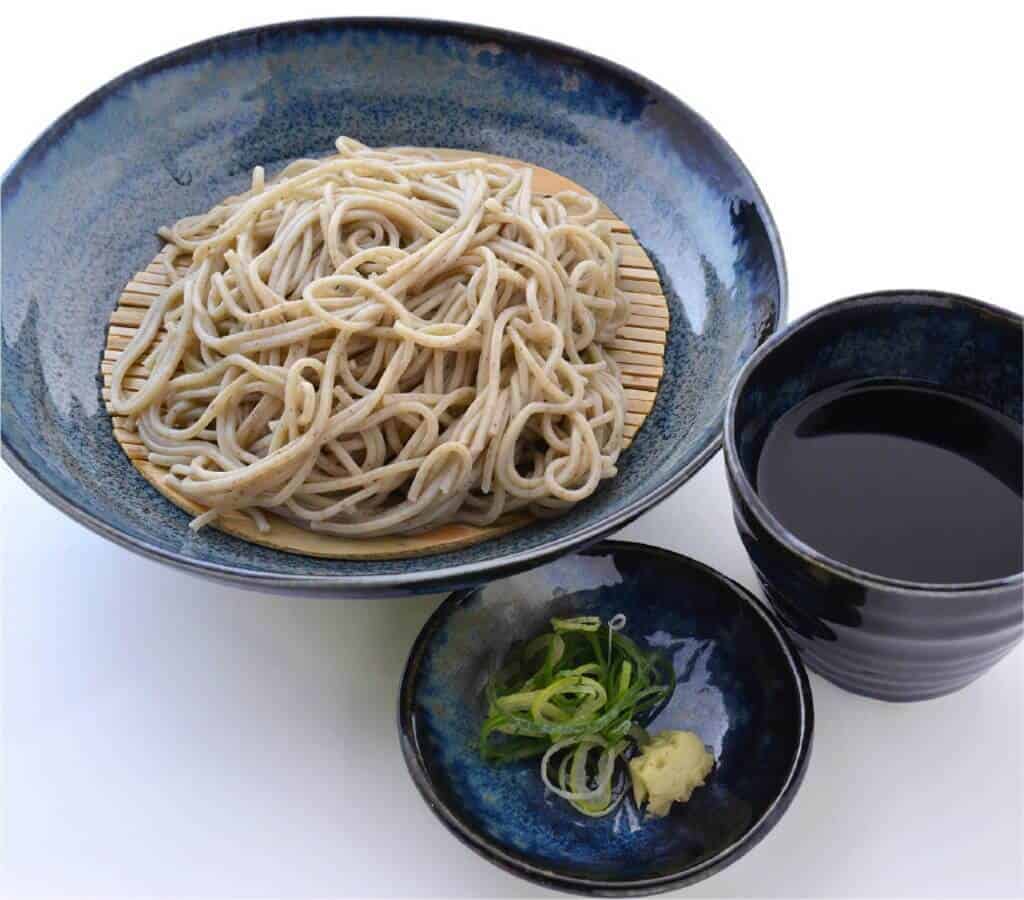
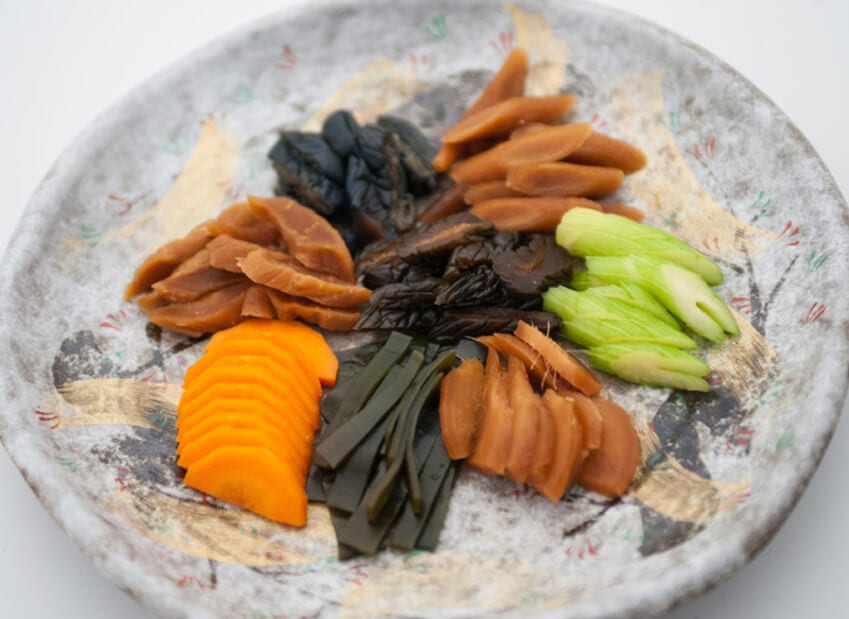


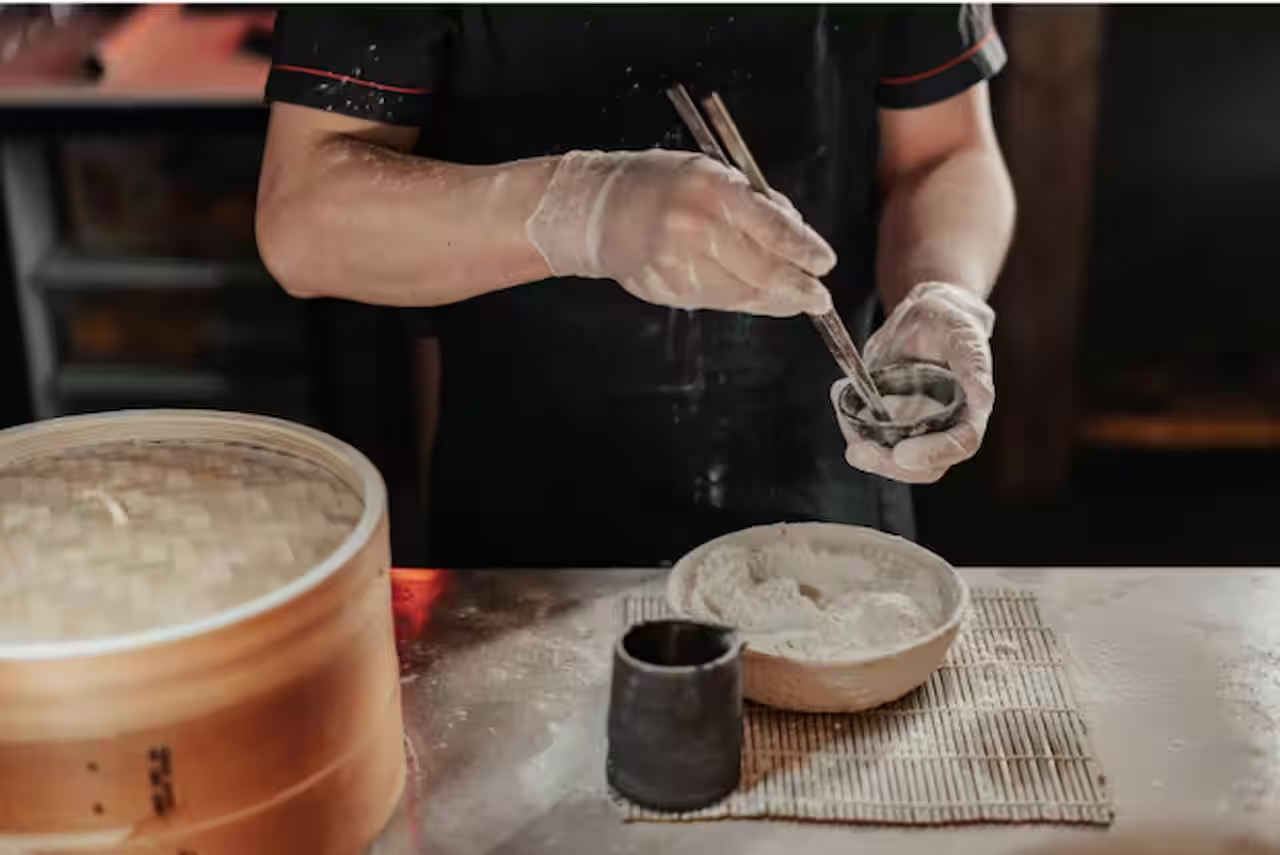
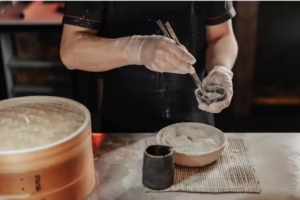

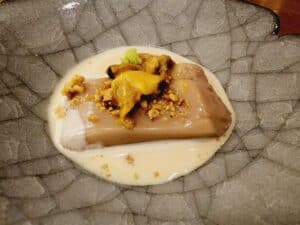
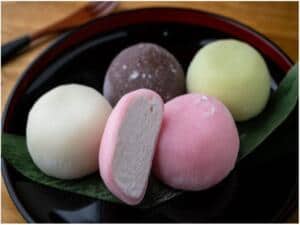
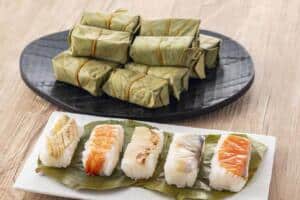

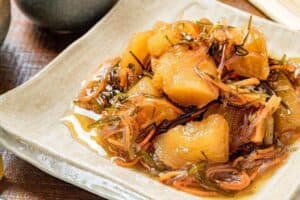
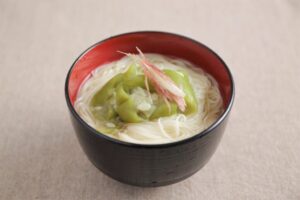
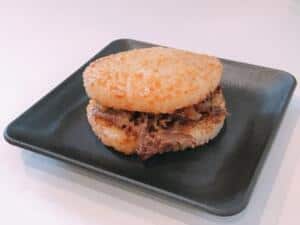
Comments